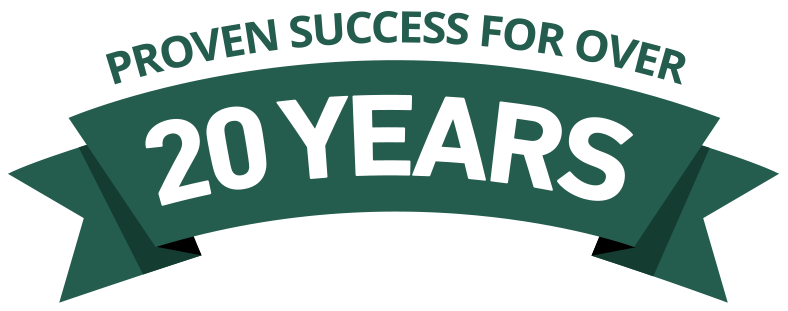The Crash And Resurgence Of The Manufactured Housing Industry
Manufactured home Crash
In 2001 there was a crash in the housing industry in the United States. Financial institutions and Wall Street created an unstable bubble based on sub-prime mortgages for purposes of greed. This directly led to a collapse of the housing industry and many people who bought homes with sub-prime mortgages lost everything. Manufactured housing was part of this collapse and inventories dropped by 90% in 2001.
The various reasons for the collapse will be discussed in greater detail below but the short answer is corporate and banker greed. Loans were issued that they knew were unlikely to be repaid and they used arcane accounting practices to treat the issuance of the loan as a profit. This led to manufacturers and dealers expanding to meet the new unstable demand and when the loans inevitably went into default this boom time expansion sank most of the manufactured housing industry as they couldn’t afford the expansions they had engaged in once business dried up.
Green Tree Finance
For manufactured housing, Green Tree Finance, later bought by Conseco, is the primary culprit. Green Tree was the financial institution that started the crisis in sub-prime manufactured housing loans but other institutions joined in later. Larry Coss was the chairman and chief executive who started the problem. He began a practice called “gain on sale” accounting. This is a fancy term for claiming profits you haven’t earned yet. Essentially it considers profits from loans issued as immediate regardless of whether the loan is paid back or not. This is an incentive to make loans to people who had little or no chance to repay them. They didn’t care if the loan was repaid, only that it was made.
Green Tree recorded profits of $2 billion that simply didn’t exist and Larry Coss received $200 million in bonuses based on this lie. Standard accounting practice is to record the profit as the loan is repaid. This is a real measure of profit.
advertisement
As a result of Green Tree’s “successful” operations, other competing lenders started doing the same things. Most were unaware Larry Coss had cooked the books and thought they were copying a more successful model. Of course, common sense would have informed anyone truly thinking that this wasn’t sustainable but as always with banks and Wall Street greed played a major factor. So now the entire banking industry is issuing these unsustainable sub-prime loans and this created an enormous demand for manufactured housing. The industry responded by massively expanding.
The Aftermath
Many previously successful sole-proprietorship businesses went public and joined the Wall Street crowd where only greed matters. This made things infinitely worse as unscrupulous sales practices surfaced selling, or rather conning, new homeowners into situations they could not afford or sustain. A perfect pyramid scheme evolved where so long as new sub-prime loans were issued for new manufactured housing the new borrowers hid the shaky practices going on. As with all pyramid schemes eventually the new victims dried up and it all collapsed bringing the entire housing industry down with it.
Some businesses survived. Those who hadn’t gotten greedy and continued to provide quality products under stable finance conditions. These few businesses are now the backbone of the manufactured housing industry. Quality construction and satisfying customers’ needs are now the priorities of modern manufactured housing. The business model is about word of mouth and repeat business.
Manufactured housing Resurgence
Housing prices have been going up faster than incomes. Manufactured housing costs about half as much as traditional site-built housing in part leading to their resurgence. They are HUD certified so the quality of construction and energy efficiency are guaranteed. Modern manufactured homes are generally of higher quality than most stick-built homes. There are a few key rules to making an investment in a manufactured home just that, an investment.
advertisement
1. Get a mortgage, not a chattel loan.
A mortgage is a lower interest loan issued to an investment backed by real estate over a longer-term. This type of loan is lower interest because the property has value over time. Chattel loans are for personal property. This type of loan is higher interest and is shorter-term because the property purchased is expected to depreciate.
2. Own the land your home is to be placed on.
You can’t get a mortgage if you don’t own the land and you don’t want a chattel loan if you can get a mortgage. When you purchase your manufactured home it will be encumbered with the property making it a single investment.
3. Put your home on a permanent foundation.
Many manufactured homes are placed on less than reliable foundations because they are quick and cheap. It isn’t worth it. Bad foundations will cause the home to crack and warp diminishing its value. Make sure you have a solid permanent foundation and the home will be an asset rather than a depreciating liability. Also as with owning the land, having a solid foundation will help you get a mortgage instead of a chattel loan.
4. Add improvements such as a garage, porch, greenhouse, or work shed.
These attached improvements elevate your manufactured home into the realm of stick-built housing increasing its value as well as satisfying regulations in some areas regarding manufactured housing. The improvements make your manufactured home indistinguishable from the stick-built homes.
Other good news for new home owners is that recently Fannie Mae and Freddie Mac, federal housing loan institutions, have started purchasing manufactured home mortgages to increase these types of loans to address the housing crisis. This means it will be easier to get a proper mortgage rather than a chattel loan on a manufactured home real estate investment. Manufactured housing is having a resurgence in the United States. It is definitely an option worth considering.
advertisement
advertisement


